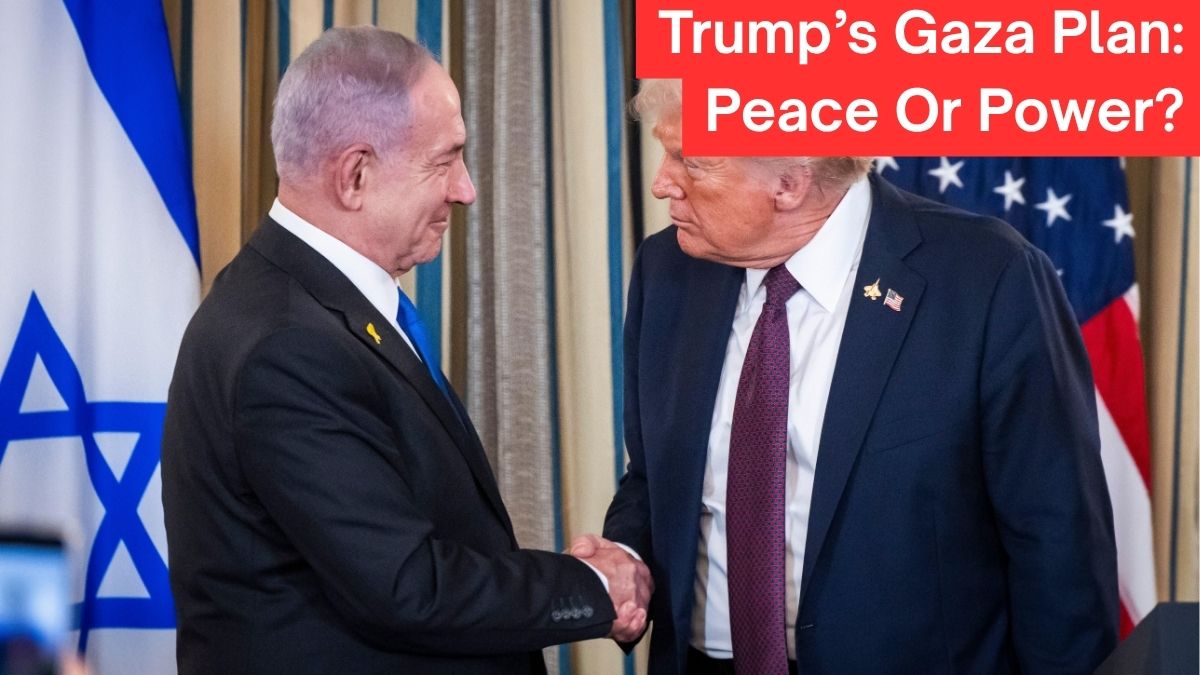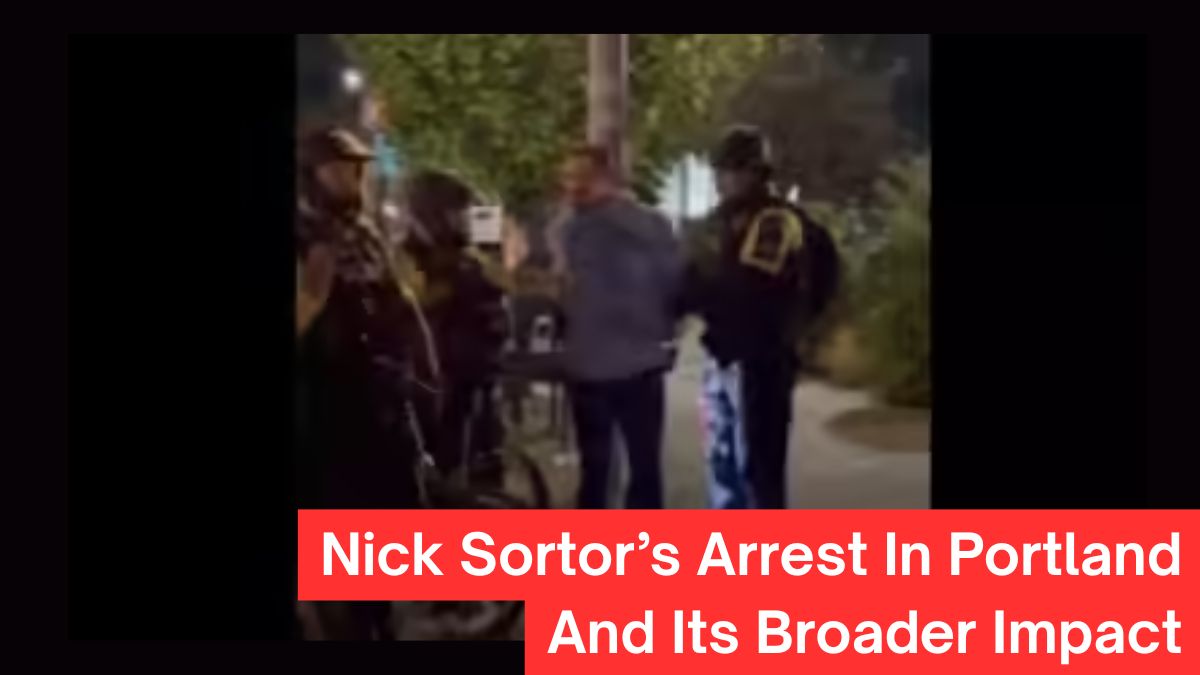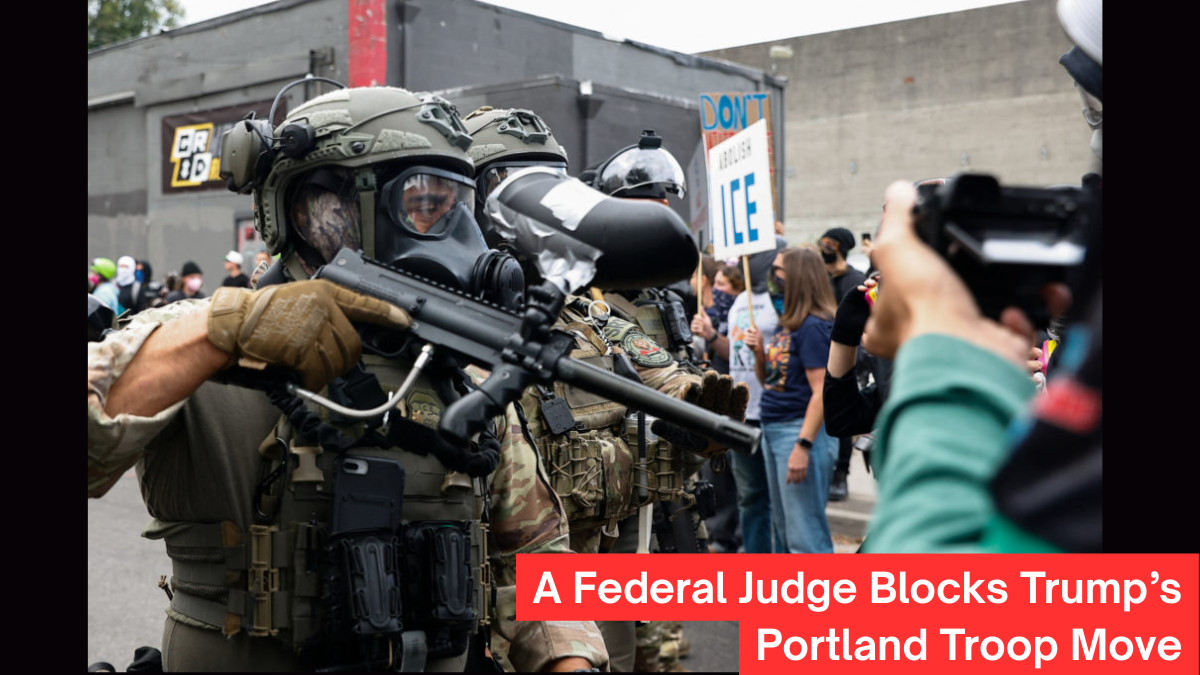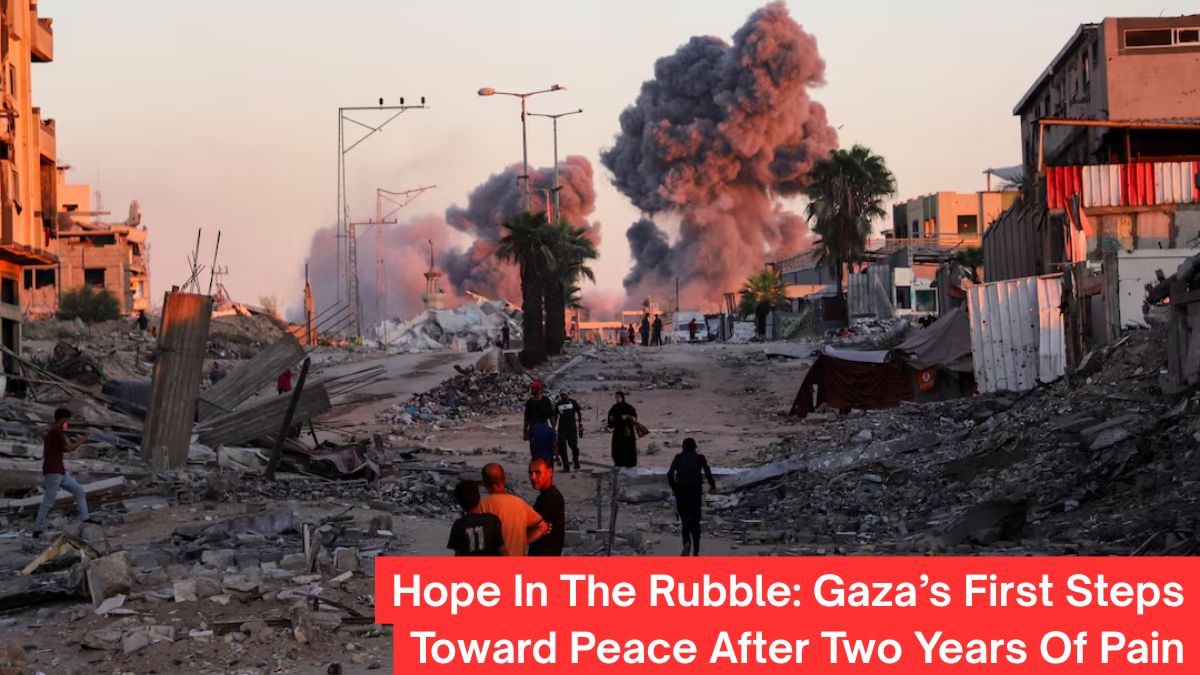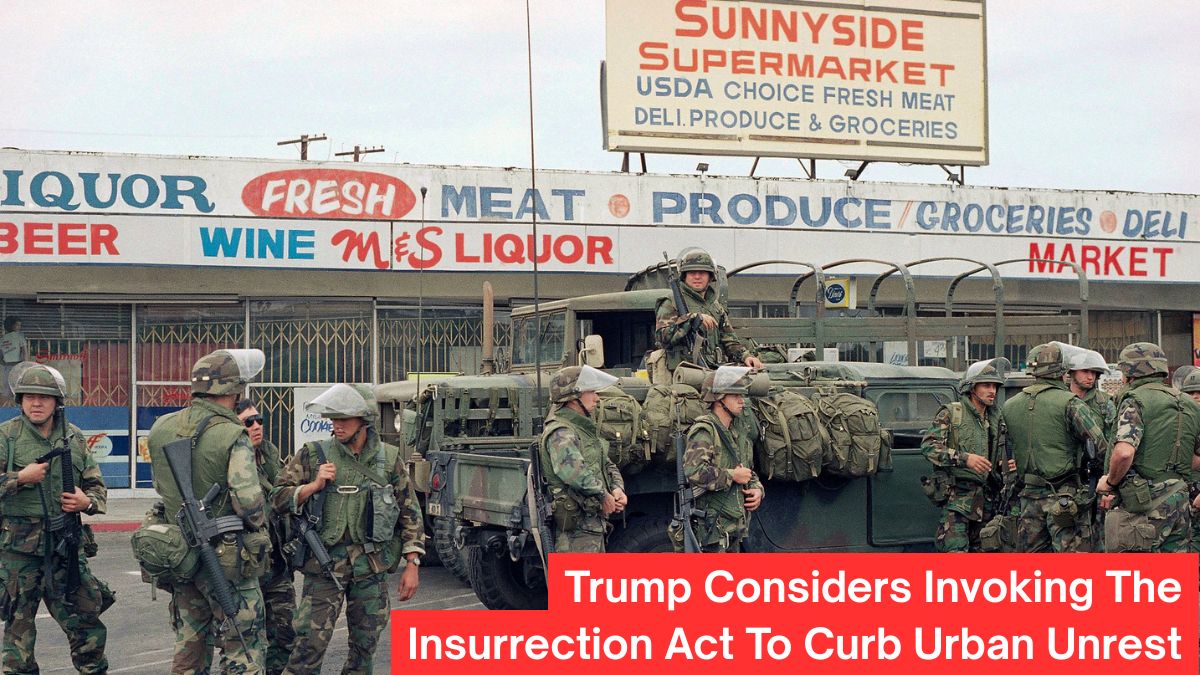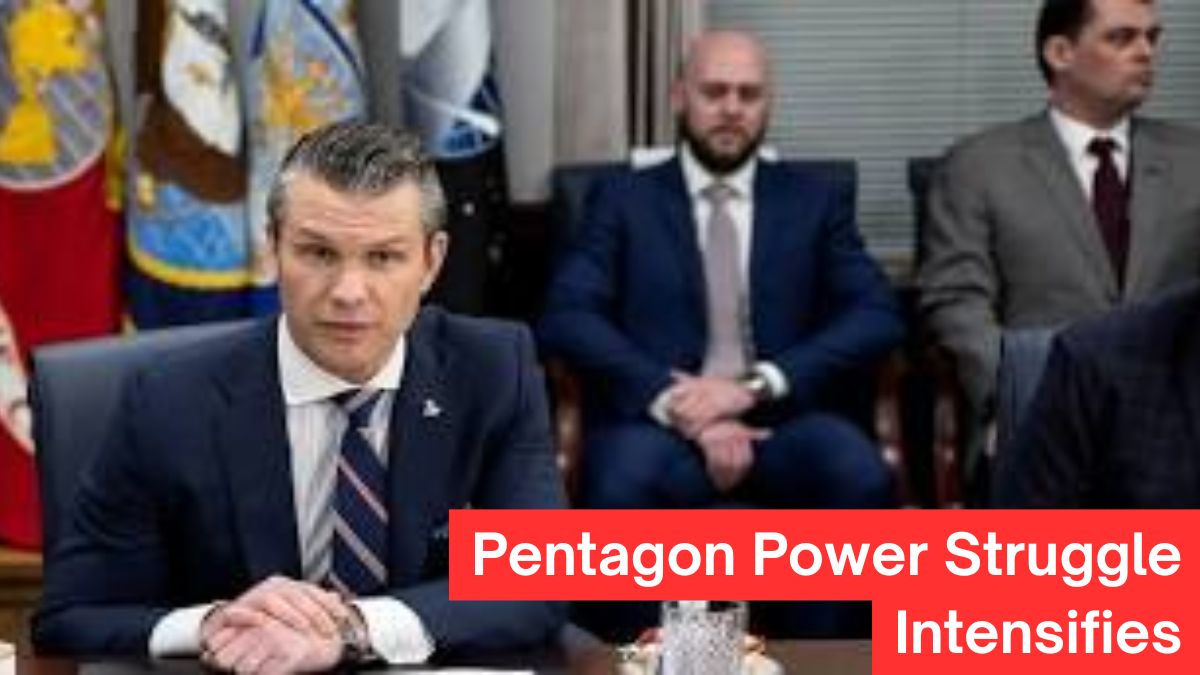On September 30, 2025, U.S. President Donald Trump and Israeli Prime Minister Benjamin Netanyahu showed off a 20-point peace plan for Gaza at the White House.
The proposal, which is being called “a historic day for peace,” calls for an immediate ceasefire, the exchange of hostages, and a new Gaza under international supervision.
Eight Arab and Muslim countries, including Saudi Arabia, Egypt, Qatar, and Pakistan, have backed the plan. European leaders, like UK Prime Minister Keir Starmer and French President Emmanuel Macron, have also backed it, but with some reservations.
Hamas, on the other hand, called the proposal a trap, and many Palestinians called it an act of surrender. On X, #TrumpGazaPlan got more than 150,000 posts in one day, which was a 300% increase from the days before the announcement.
Key Takeaways
- Trump unveiled a 20-point peace plan for Gaza on September 29, 2025.
- The plan includes a ceasefire, hostage release, and reconstruction program.
- Eight Arab and Muslim states have offered support, but Hamas rejects the proposal.
- Social media is deeply divided, with over 150K posts in 24 hours.
- Critics warn of colonial overreach and lack of Palestinian representation.
The Plan In 20 Points
The framework is presented as an “accept-or-reject” ultimatum to Hamas.
| Pillar | Details | Potential Wins | Red Flags |
|---|---|---|---|
| Ceasefire & Swaps | Ceasefire on acceptance; Hamas releases about 48 hostages; Israel frees over 1,900 prisoners; exchange of remains. | Ends violence quickly; hostages returned. | Weak enforcement; critics see manipulation. |
| Hamas Disarmament | Amnesty for those renouncing violence; others relocated; weapons destroyed under monitors. | Stability through disarmament. | Seen as forced surrender without Palestinian say. |
| Governance & Security | Palestinian technocrats manage services; “Board of Peace” led by Trump and Tony Blair oversees; Arab-led security force deployed. | Backed by several Arab states. | Colonial undertone; questions on Israeli withdrawal remain. |
| Reconstruction & Aid | UN and Red Crescent channel aid; economic projects, jobs, and tourism zones promised. | Lifeline amid famine; some investor interest. | Funding unclear; fears of economic control over Gaza. |
| Long-Term Vision | Talks on reforms and potential statehood; interfaith dialogue promoted. | Signals two-state aspirations. | Experts warn it ignores root causes of occupation. |
The plan updates Trump’s earlier proposals, expanding on his 2020 Abraham Accords and a recent 21-point draft shared with Arab leaders. It suggests that if Hamas rejects the plan, Israel will act unilaterally in “terror-free zones.”
Social Media Response
There is a lot of disagreement about online debate. Within hours of the announcement, X got more than 20,000 posts, with 52% of them being positive or neutral and 48% being negative. Supporters point to the ceasefire and hostage deals, while opponents say the plan leaves out Palestinians and strengthens Israeli control.
| Hashtag | Volume (24h) | Sentiment | Viral Example |
|---|---|---|---|
| #TrumpGazaPlan | 85K | 55% Positive, 35% Negative | Infographic of 20 points (27K likes). |
| #GazaCeasefire | 45K | 40% Optimistic, 50% Skeptical | Sharif’s endorsement met with mixed reactions. |
| #HamasTrap | 12K | 80% Negative | Al Jazeera post linking it to forced surrender. |
| #NewGaza | 8K | 65% Positive | Tourism hub visuals trending in investor circles. |
The World Responds
Supporters: Leaders from the UAE and Saudi Arabia, among others, praised the plan as a step toward a two-state solution. European governments told Hamas to accept, and U.S. diplomats pushed for quick action.
Hamas said it might look at the proposal, but skeptics say that disarmament is a red line. Palestinian activists and civil groups called the plan another attempt to take control. People also worried about Tony Blair’s role, pointing to his record during the Iraq War as an example.
The Stakes Ahead
The plan could speed up the delivery of aid and the rebuilding of Gaza, which Trump called a “modern miracle.” But it has some big problems: Hamas can’t take part in negotiations, enforcement is still up in the air, and Netanyahu has been against any real way for Palestinians to become a state.
In the next few weeks, we’ll see if this plan leads to peace or is just another failed plan to control people.
